X-RAY TAG Technologie not only allows to tag your luggage with your address and contact data, but also with an x-ray readable portrait of yourself.
Or with an image if your kids, your husband or wife, your cat, your dog, your horse, your car, …
Below some false color x-ray images, as examples:
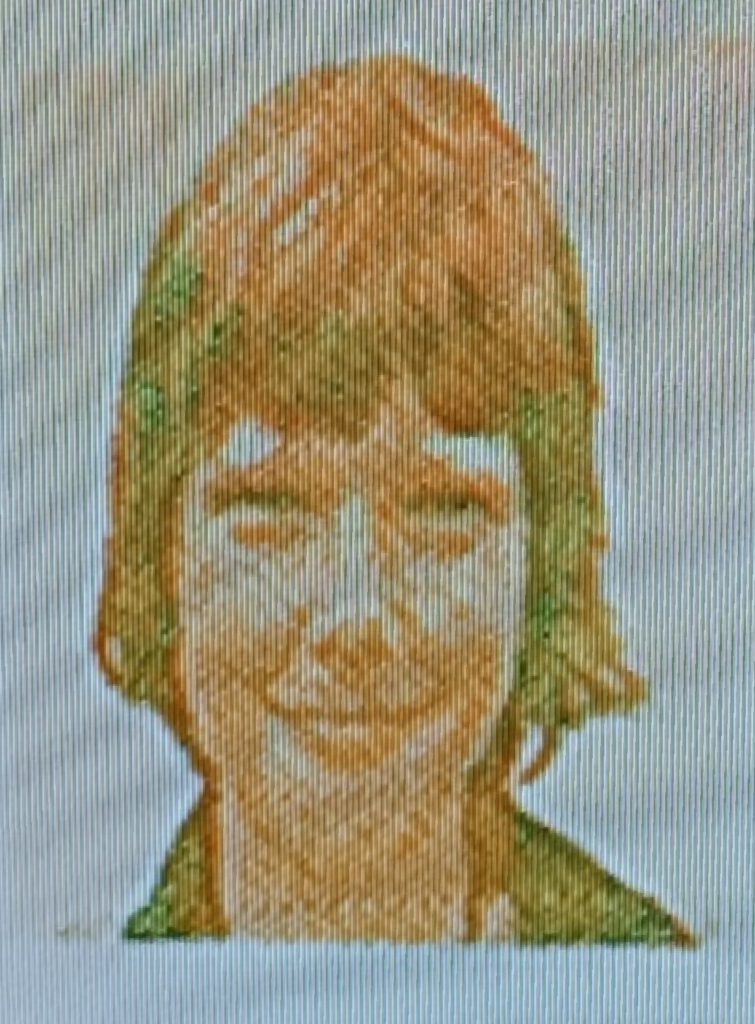
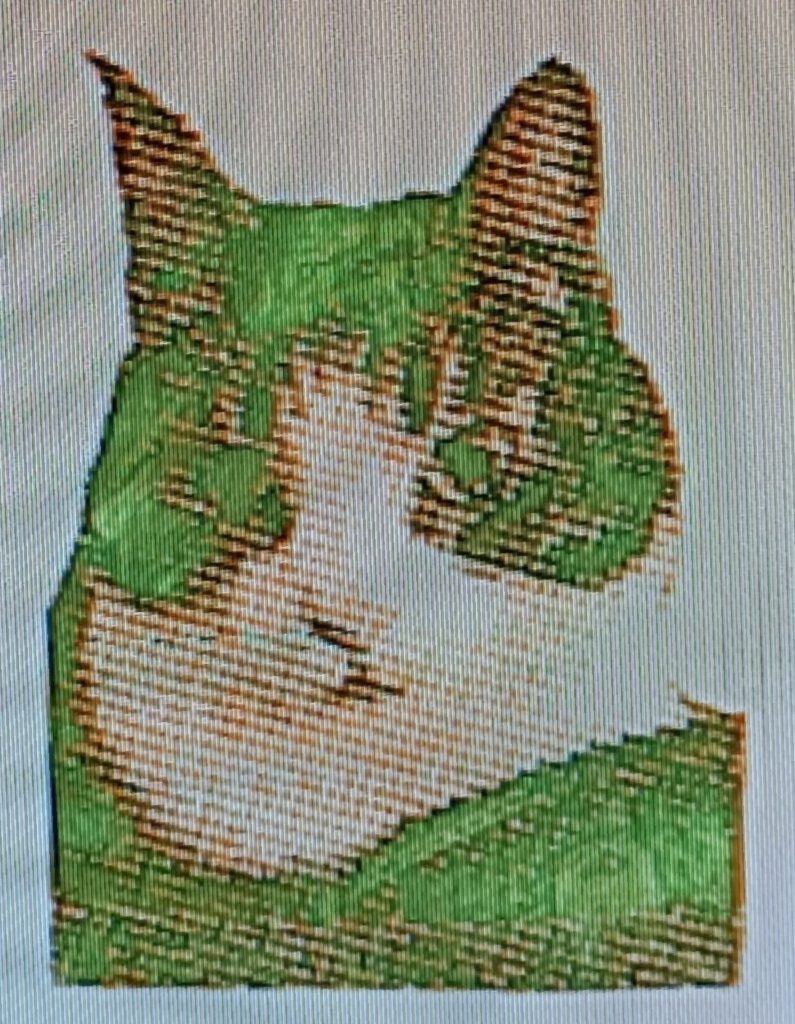
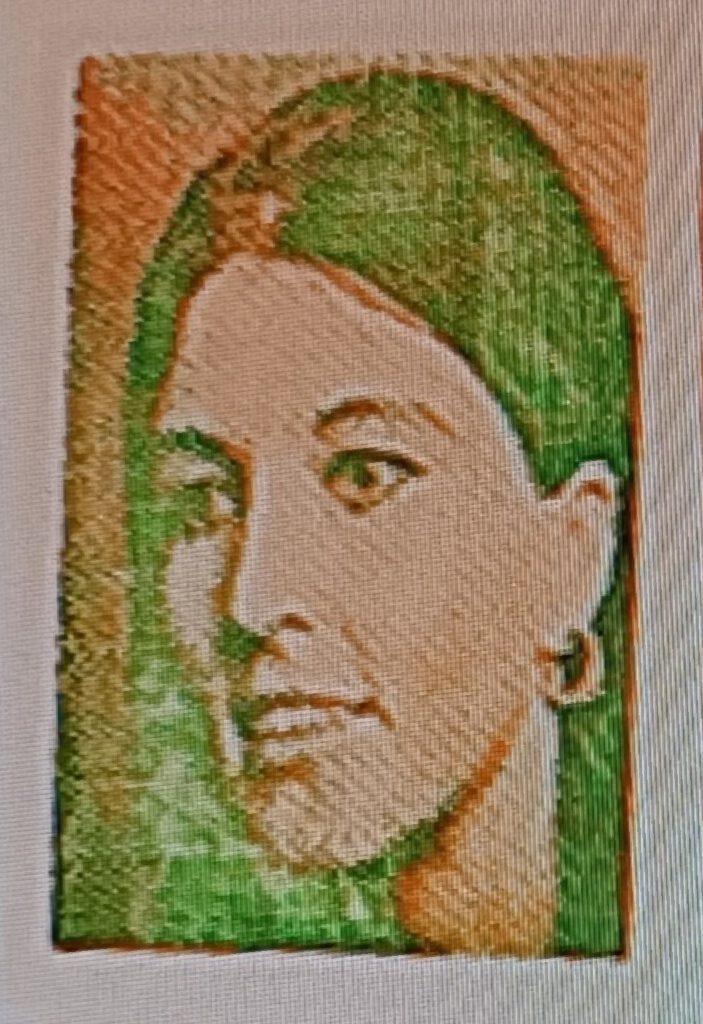
To generate them, we have developed two core technologies.
On the one hand side, we can generate gray scale images with about 50 shades of gray, based on the principle of lithophane.
Which basically means that the absorption of the x-rays is dependent on the thickness of the absorbing material.
These images are generated using 3-D printing. The about 50 layers result in a very fine gradient of grays.
This method is working well, but has some limitations concerning the size of tags, or text-like structures. And, whereas the quality of these images on high resolution x-ray devices, like the ones used in medicine or material science, is quite impressive, it is not optimal for luggage scanners.
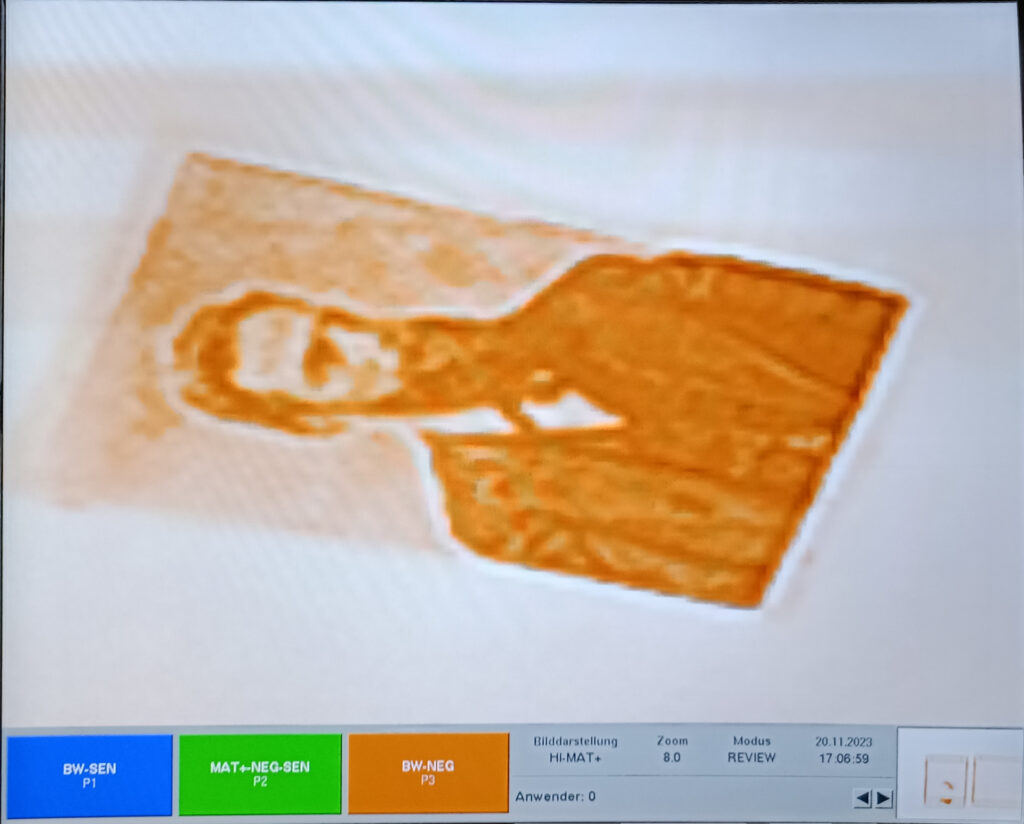

Some more examples of such tags can be found here.
Therefore, we have been working on a second approach, wich is based on rasterization of images, as it has been done in classical newsprint .
This allows us to simplify the production process and costs, and to generate much larger images, which can be combined with any type of text..
Below an early example: the X-RAY TAG, a photo of the scan (Smiths Detection System at CPH), displayed in the standards and dark moden of the scanner.
Below the image a object to evaluate the effects of various thicknesses of the x-ray absorbing material.
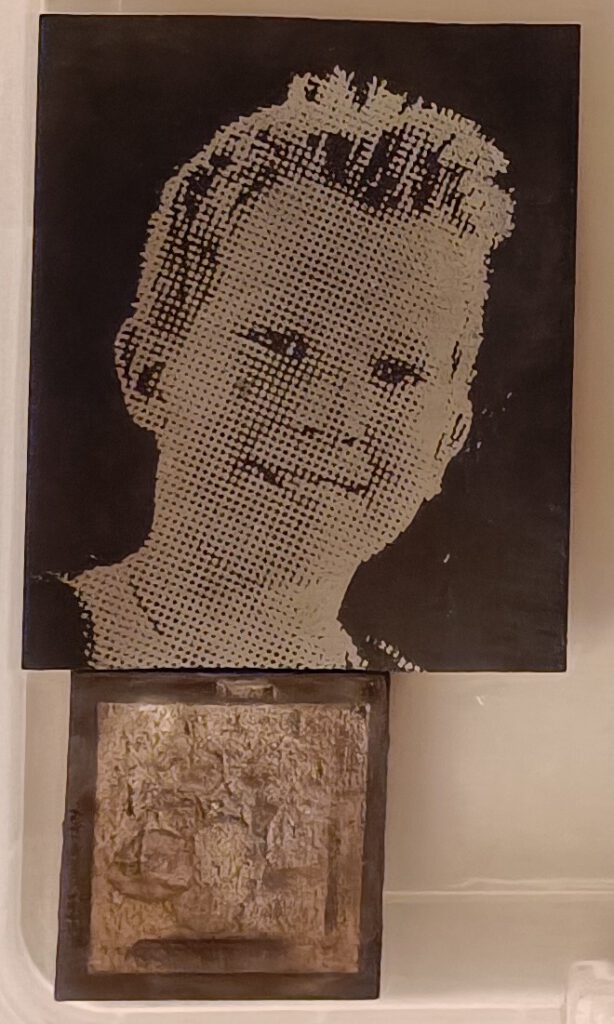

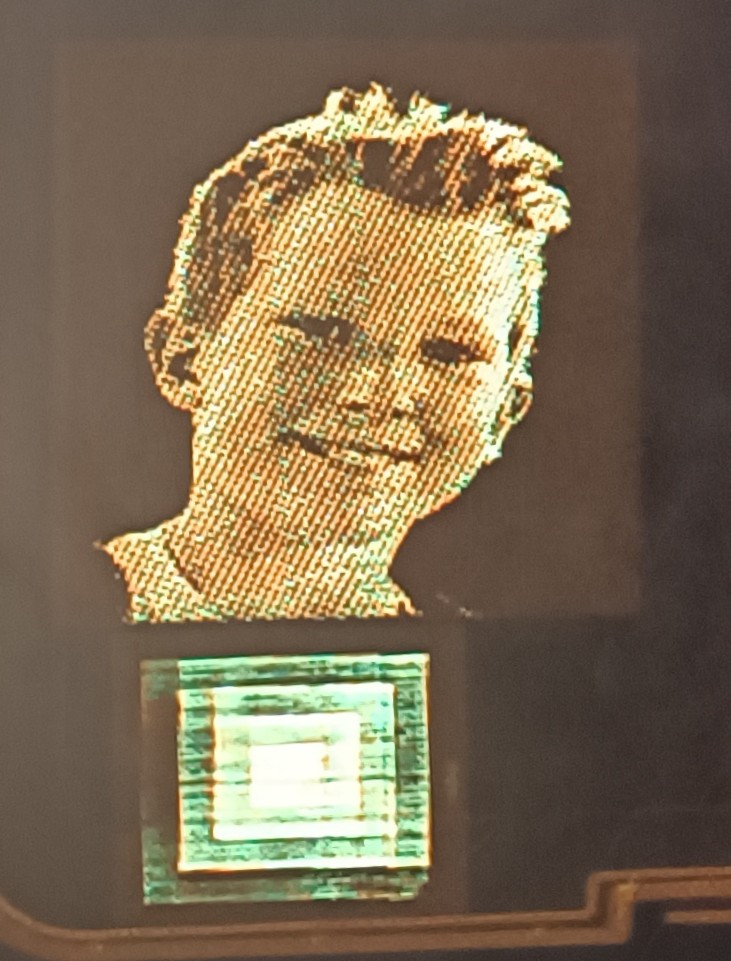
For further optimization, the portraits of two well known ladies were modified and X-RAY TAGs generated: a photo of Marilyn Monore and a Portrait of Anna von Kleve, the forth wife of Henry VIII, as painted by Hans Holbein.


The images were rasterized and manufactured as brass-in acrylic:
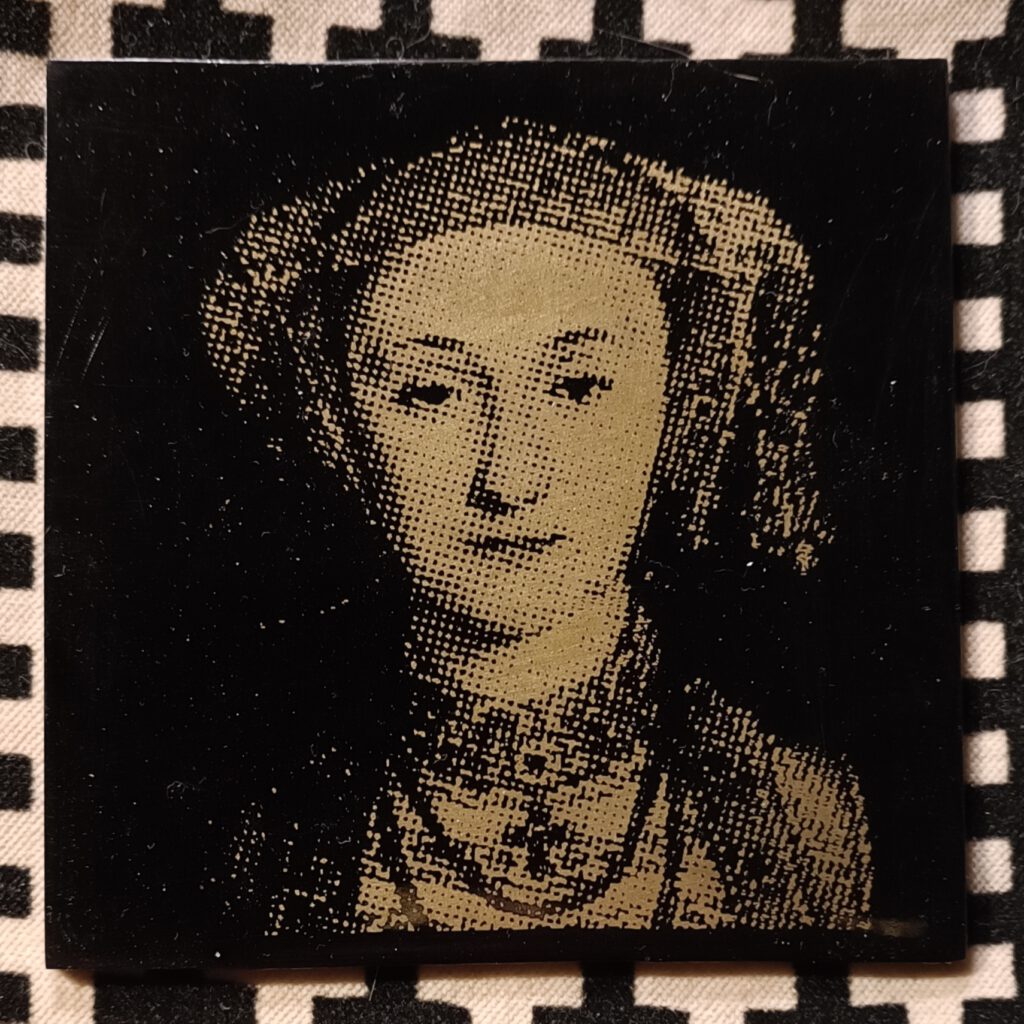
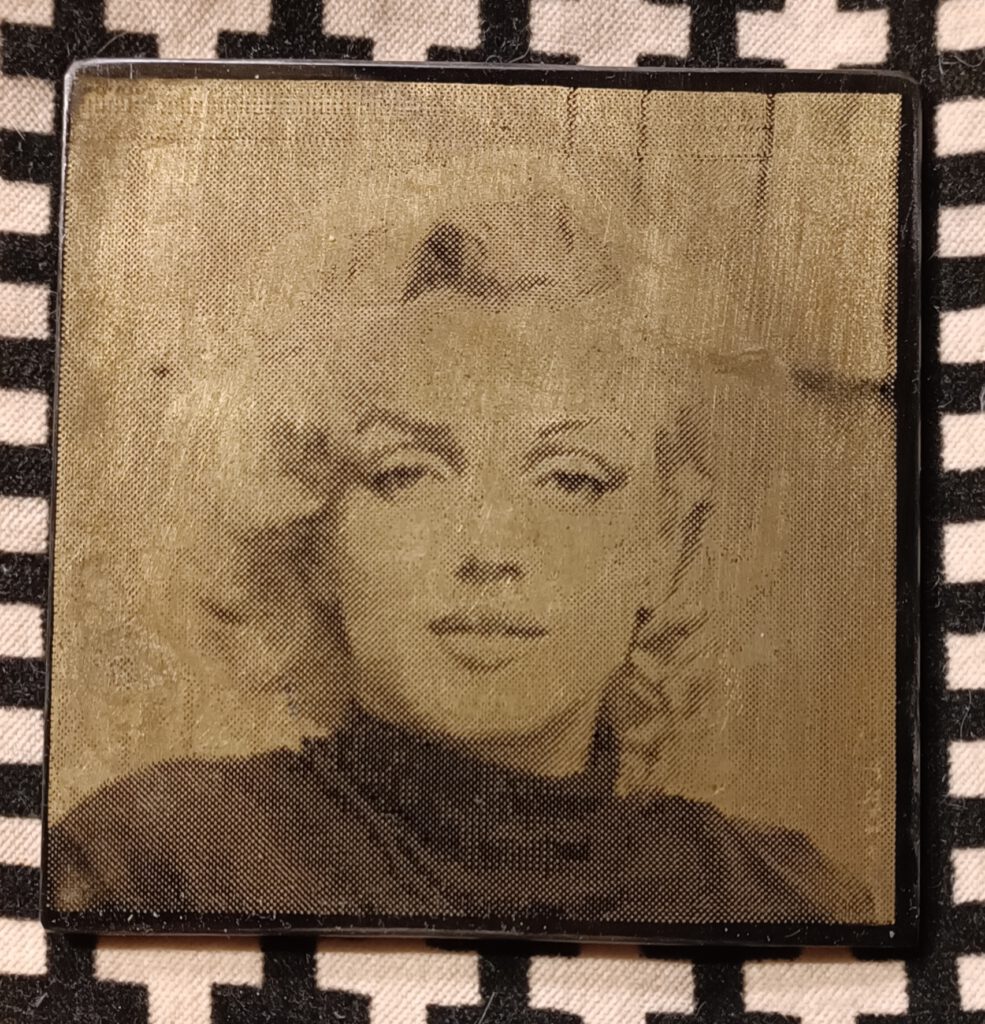
Then the same templates were used to generate positive and negative (inverted) X-RAY TAGs:
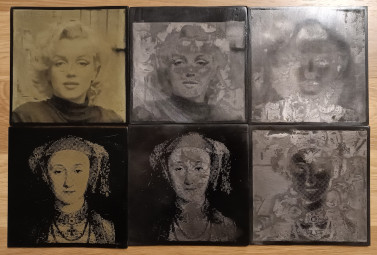
Which then were scanned using a luggage x-ray scanners, and displayed in standard and dark mode on the device’s display:
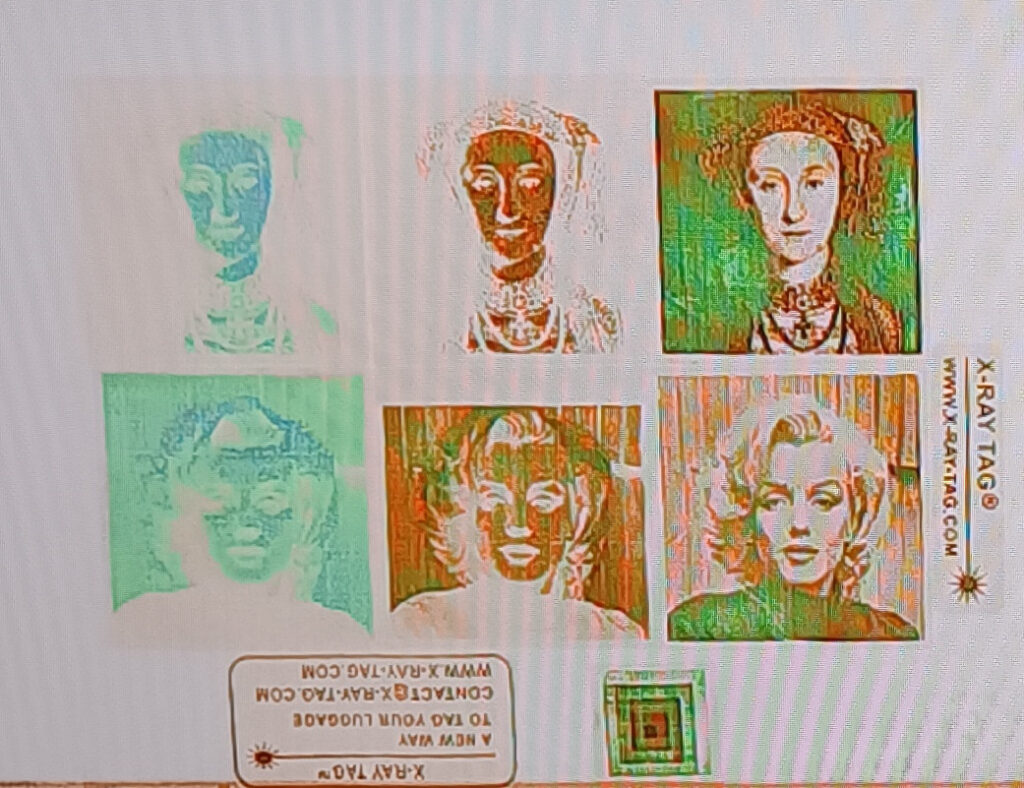

The same procedure has been tried with the image of an elderly gentleman:

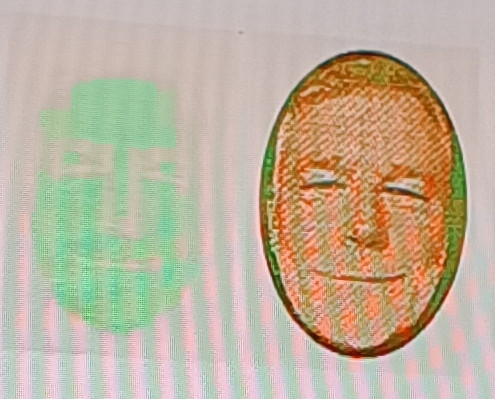
These photo X-RAY TAGs where also well displayed when placed in a filled suitcase, there displayed as black images on a colorfull background, similar to the suitcase example shown on the other pages. (Unfortunately, not photos where allowed to be taken of this scan.)